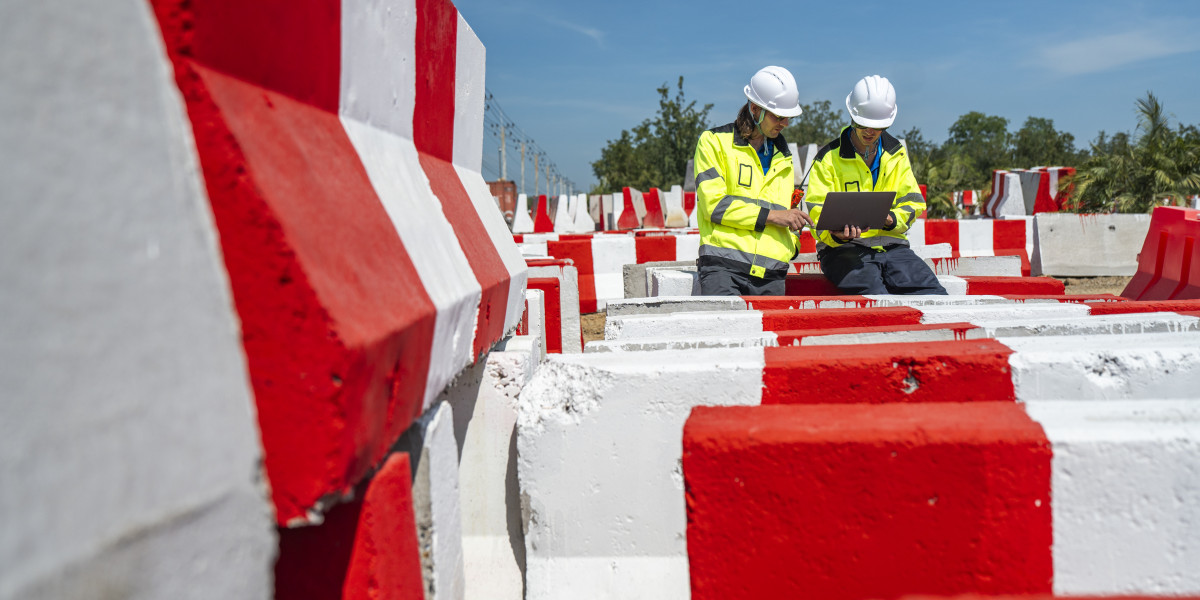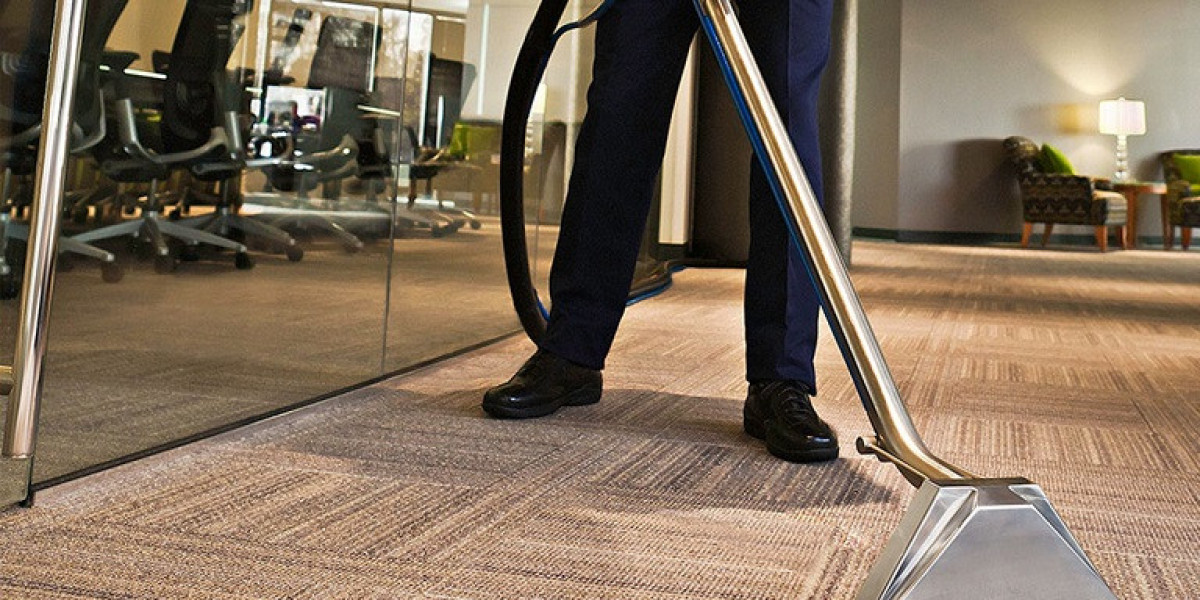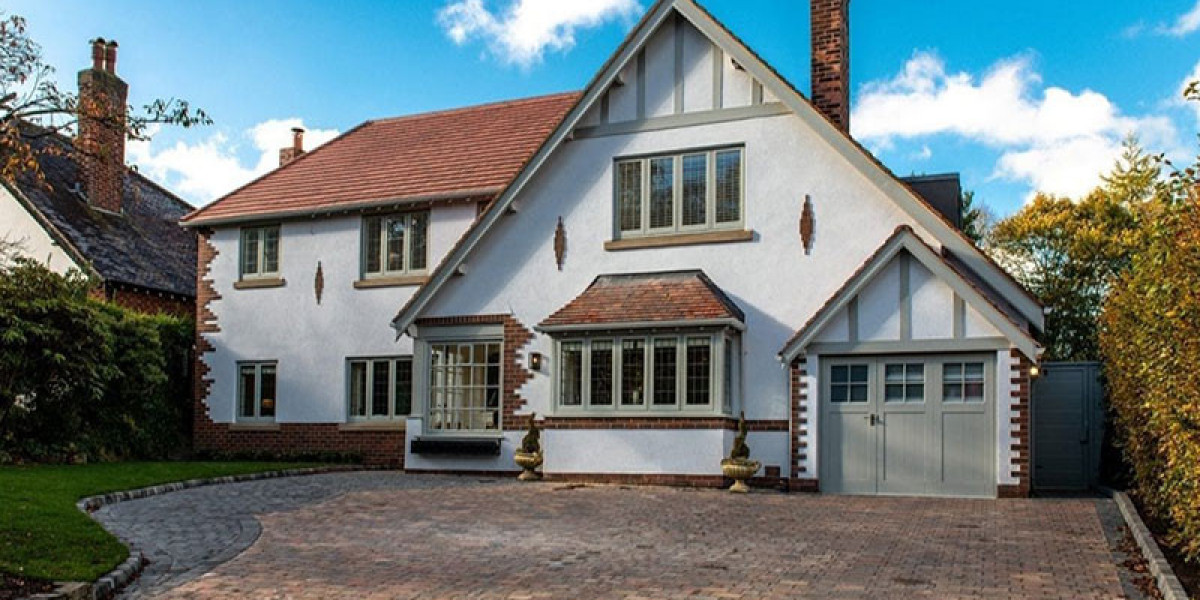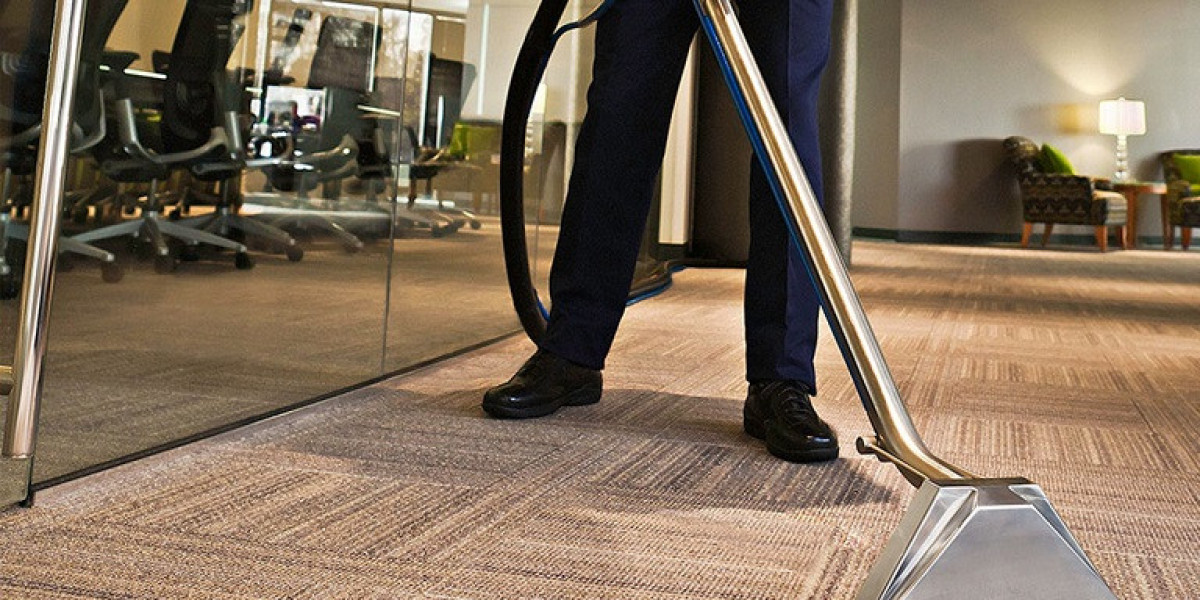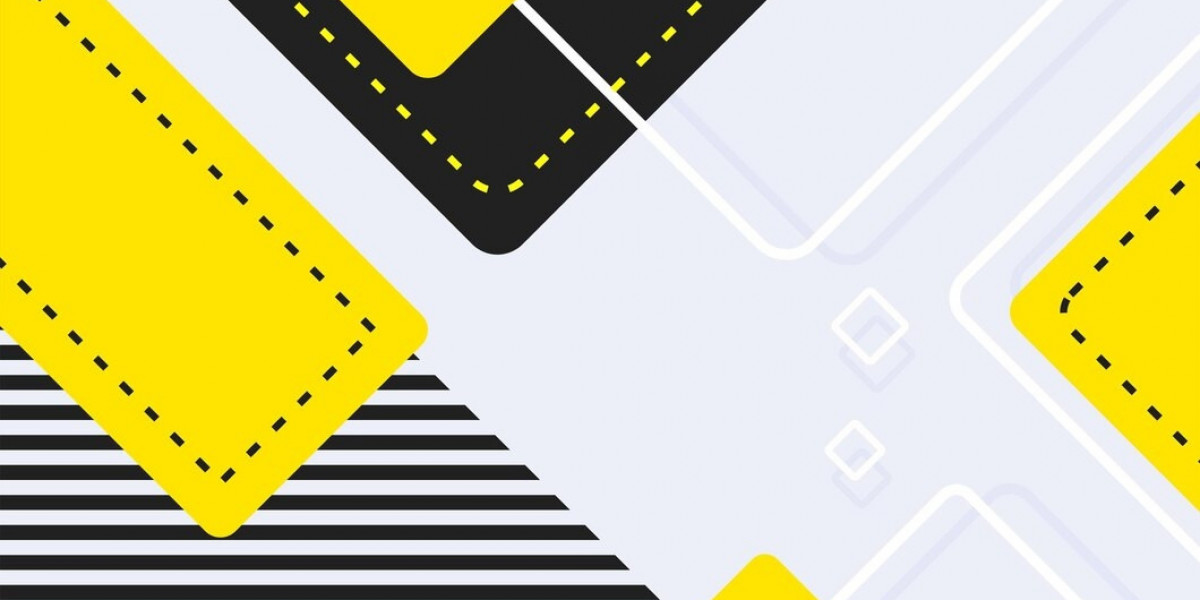Here’s the uncomfortable truth: India’s roads are killing thousands each year, and one of the silent culprits is poor-quality crash barriers. You probably don’t think about them much. They’re just metal railings along highways, bridges, and sharp curves. But when they fail — and they often do — the result is fatal.
In a country where road safety already takes a back seat, these barriers are supposed to be one of the few lines of defense between a moving vehicle and a deadly fall or collision. The problem is, many of them simply don’t work.
Let’s break this down clearly.
What Are Crash Barriers Supposed to Do?
Crash barriers, also commonly referred to as guardrails, are protective structures designed to prevent a vehicle from leaving the road during an accident. Their function is not only to barricade, but more importantly, they are also constructed to reduce the energy of the impact and steer a car back onto the road in a controlled manner.
When engineered and installed properly, they can reduce the severity of crashes and save lives. But when corners are cut — either in design, material, or installation — they become useless. Or worse, deadly.
What’s Really Happening on India’s Roads
A worrying pattern is observed if you closely observe the barriers lining India’s roads closely. These structures are meant to save lives during accidents. But too often, they fail when they’re needed the most. The reason? Many are built with cost-cutting in mind, not safety.
1. Inferior Materials
A major problem lies in the crash barrier quality. Some barriers are made from cheap, thin steel that starts rusting not long after it’s installed. From a distance, they look fine. But in a real crash, they fold or snap instead of holding strong.
There is tougher, safety-tested steel available — the kind that actually does the job in an emergency. But that comes at a higher price. To keep costs down, many contractors skip it. This decision can cost lives.
2. Poor Installation
Even a strong barrier is useless if it’s not fixed properly. Across the country, you’ll find barriers that aren’t anchored deep enough or are missing bolts. Some are set at the wrong angle or height. Others are placed too close to the road or not aligned properly at all.
Worse still, in some areas, barriers are installed in patches. They cover one part of a dangerous stretch but leave open gaps elsewhere — often near sharp bends or drop-offs. That makes them practically useless where they’re needed the most.
3. Flawed Design and Planning
Each barrier follows specific design rules — the right height, the correct length, and proper spacing from the edge of the road. These rules exist for a reason: to make sure barriers actually work when a crash happens.
But many of India’s barriers don’t follow these basics. Some are too low to stop large vehicles. Others are placed on loose soil or weak ground, which gives way under pressure. These design flaws can lead to some serious consequences.
Consequences:
Each year, more than 150,000 lives are lost in road accidents in India. That’s more than 400 lives lost each day. Not all of these are due to faulty barriers — but poor infrastructure is a key reason.
In the hills, vehicles roll off steep edges where barriers are broken or missing. On highways, trucks crash through weak railings and flip over. Pedestrians and other drivers often become victims too.
And the most painful truth? Many of these crashes could have ended differently. A well-designed barrier could have reduced the impact of these crashes.
Why Does This Happen?
This isn’t just about engineering. It’s about choices — and where safety ranks on the list.
1. Compromise on the quality
In India, road projects are usually given to the lowest bidder. This drives competition, but also leads to shortcuts. To win the contract and still make a profit, some contractors go for the cheapest materials. Safety is often the first thing sacrificed.
2. Weak Checks and Balances
Even where rules exist, there’s not always someone checking if they’re followed. Inspections can be rushed or skipped. Some are done just to tick a box. Without strict oversight, poor-quality work slips through — or worse, is never noticed at all.
3. Misuse of Public Funds
There have been cases where the materials approved for a project are swapped out for inferior ones during the work. The money saved isn’t returned — it just vanishes. The end result? Barriers that don’t meet specs and put lives at risk.
4. Public Silence
Most people don’t think about road barriers until something terrible happens. There’s a general idea that accidents are just part of life. But they’re not always random. Good infrastructure can reduce damage, prevent crashes, and save lives. People need to start noticing — and speaking up.
What Can Be Done:
If India wants safer roads, it can’t ignore the crash barrier problem. Here’s a list of real, practical steps to fix it:
1. Inspect Regularly
Once installed, barriers must be checked — often. After a crash, the damage should be repaired right away. Leaving a broken barrier for months puts every passing driver in danger.
2. Be Transparent About Spending
Every road safety India project should have clear records. From the first bid to the final bolt, the process must be open. Audits by third-party experts should be standard. This way, the quality promised is the quality delivered.
3. Get the Public Involved
People can make a difference. If you see a broken barrier, report it. Use civic apps, websites, or even social media. A single post can bring attention — and pressure — to fix a dangerous spot.
4. Make Safety Failures Count
There has to be accountability. If someone installs low standard barriers, there should be fines or bans. If an official approves unsafe work, there should be an inquiry. Without consequences, the cycle of negligence continues.
Final Words:
We often blame drivers when accidents happen. But the truth is, the road plays a big part too. Safe driving isn’t enough if the surroundings aren’t safe.
Crash barriers are not decoration. They’re critical safety tools. But only if they’re built with care and kept in good shape.
The question is simple: will we keep cutting costs, or will we start valuing lives?
So the next time you pass a roadside barrier, take a closer look. Ask yourself — would that stop a car in a real crash?
If the answer is no, then something needs to change. Fast.
About Crash Barriers India
At Crash Barriers India, we’re changing how road safety is handled. We install modern crash barriers and guardrails across highways, parking zones, industrial areas, and pedestrian paths. Each design is tested for performance and built to match the real safety needs of Indian roads.
